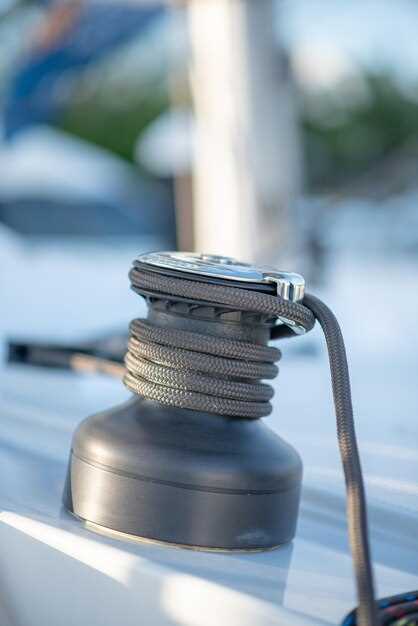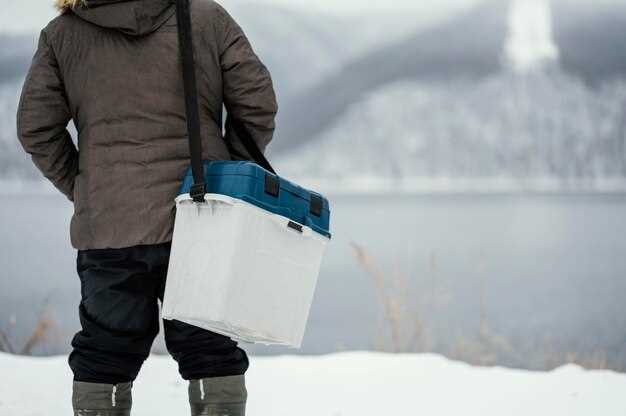How to winterize your boat engine properly

As the boating season comes to an end, it’s crucial to winterize your boat engine to ensure its longevity and performance for the next year. Taking the time to properly prepare your engine for the colder months can prevent costly repairs and maintain its efficiency. Understanding the necessary steps for winterization will save you both time and money in the long run.
Winterizing your boat engine involves a series of systematic procedures, including cleaning, protecting, and making necessary adjustments. Each step is designed to safeguard your engine from the harsh winter conditions that could cause damage or wear. Properly executed, these measures ensure that your vessel is ready to set sail again as soon as spring arrives.
In this article, we will guide you through the essential steps required to effectively winterize your boat engine. From flushing out the cooling system to storing fuel properly, we will cover every aspect to provide you with a comprehensive understanding of the winterization process. By following these guidelines, you can rest assured that your boat engine will be in optimal condition when the boating season returns.
Flush and Clean the Cooling System for Winter Storage
To properly winterize your boat, it is essential to flush and clean the cooling system to prevent damage from freezing temperatures. Begin by ensuring that the engine is cool before starting the process. Locate the water intake and start the engine to allow it to warm up briefly, which helps to loosen any debris or deposits within the cooling system.
Next, turn off the engine and disconnect the water intake hose. Attach a flushing device or a hose directly to the intake port. Run fresh water through the cooling system for several minutes, allowing it to circulate and flush out any contaminants, salt, or grime. This step is crucial, especially for boats used in saltwater conditions.
After flushing, ensure that all water is drained from the system. Remove any drain plugs and allow the residual water to exit completely. This step minimizes the risk of freezing damage during winter storage. If your boat utilizes antifreeze, consider using a non-toxic propylene glycol antifreeze product to protect the cooling system from freezing during the cold months.
Finally, inspect all hoses and connections for wear or damage. Replace any worn components to ensure optimal performance when the boating season resumes. By adequately flushing and cleaning the cooling system, you help extend the life of your boat engine and maintain its efficiency for future adventures.
Change Engine Oil and Replace Filters Before Winter

To effectively winterize your boat, one of the most crucial steps is to change the engine oil and replace the filters. Over the course of the boating season, engine oil accumulates contaminants, such as dirt, moisture, and metal shavings. These impurities can cause significant damage during the cold winter months if left unchecked.
Start by draining the old engine oil completely. Make sure to use a pump or a siphon to remove every last drop, as any remaining oil can become more viscous in cold temperatures, reducing its effectiveness. Always dispose of the old oil properly by taking it to a recycling center.
Next, replace the oil filter. A clean filter ensures that any new oil circulating through the engine remains uncontaminated. When installing the new filter, apply a small amount of fresh oil to the gasket to ensure a proper seal. This tip helps prevent leaks and allows the filter to function effectively throughout the winter.
After changing the oil and filters, refill the engine with high-quality oil that meets the manufacturer’s specifications. New oil contains additives that protect engine components from corrosion during periods of inactivity. This step is essential for keeping your boat’s engine in optimal condition for the next season.
Regularly maintaining your boat by changing the engine oil and replacing filters will enhance its performance and longevity. Taking these proactive measures before winter ensures that your boat will be ready to hit the water as soon as warmer weather returns.
Add Fuel Stabilizer and Run the Engine to Protect Components

One of the critical steps to winterize your boat is adding a proper fuel stabilizer to the fuel tank. Fuel stabilizers help prevent the deterioration of gasoline during the off-season, which can lead to engine problems when you start your boat again in the spring. During prolonged periods of inactivity, gasoline can break down, causing varnish and gum to form in the fuel system.
To effectively use a fuel stabilizer, pour the recommended amount directly into the fuel tank. It’s essential to choose a high-quality stabilizer specifically designed for marine engines. After adding the stabilizer, fill the tank to near full capacity. This minimizes the amount of air in the tank, reducing the risk of moisture accumulation.
Following the addition of the stabilizer, it is crucial to run the engine for at least 10 to 15 minutes. This step ensures that the stabilizer circulates thoroughly through the fuel system, reaching the carburetor and fuel injectors. Running the engine also helps to warm it up, allowing any remaining moisture to evaporate.
Neglecting to add a fuel stabilizer or failing to run the engine can result in corrosion and fuel blockage, which can lead to costly repairs. By taking these steps, you help ensure that your boat’s engine components remain protected and functional throughout the winter months.




